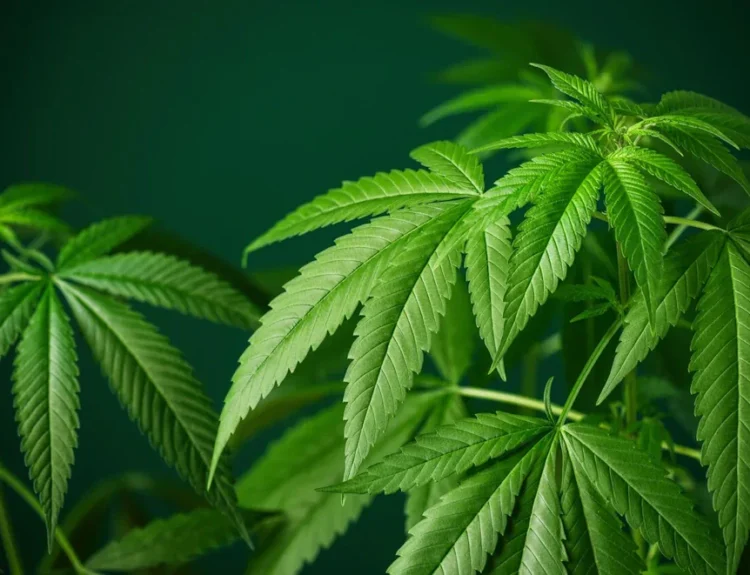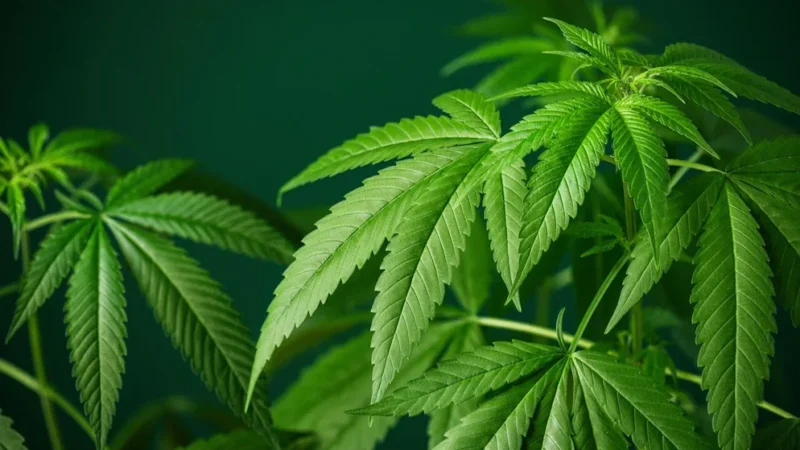Table of Contents
Whether you’re preparing a quick weekday meal or a seafood feast, knowing how to defrost prawns safely is crucial. Improper defrosting can lead to bacterial growth, texture loss, and even foodborne illness. This guide walks you through the safest and most effective thawing techniques to help you preserve prawn quality and ensure safe consumption.
Why Proper Prawn Defrosting Matters
Prawns are delicate and highly perishable due to their high moisture and protein content. Using incorrect defrosting methods—such as leaving them at room temperature—can lead to rapid bacterial growth and potential foodborne illness.
When prawns are defrosted safely, they retain their texture, flavor, and nutritional value. Whether raw or cooked, prawns should always be thawed using a food-safe approach to ensure optimal quality and safety.
Method 1: Refrigerator Thawing – The Safest Approach
Step-by-Step Instructions
- Remove packaging: Take the prawns out of their original packaging and place them in a clean bowl or container.
- Cover and refrigerate: Cover the bowl with a lid or cling film and place it in the refrigerator.
- Allow time to thaw: Let the prawns defrost slowly over 8–12 hours, depending on their size and quantity.
- Drain and dry: Once thawed, drain any excess liquid and gently pat the prawns dry with paper towels.
Key Considerations
- This method is best for preserving texture and flavor.
- Do not refreeze raw prawns after thawing unless they have been cooked.
- Use thawed prawns within 24 hours.
Method 2: Cold Water Defrosting – Quick and Effective
Step-by-Step Instructions
- Seal in a watertight bag: Place the prawns in a leak-proof plastic bag to prevent water from entering.
- Submerge in cold water: Fill a large bowl with cold water and submerge the bag of prawns.
- Change water regularly: Replace the water every 30 minutes to maintain a safe temperature.
- Thawing time: Prawns typically thaw within 30–45 minutes using this method.
- Dry and cook: Once thawed, remove the prawns from the bag, pat them dry, and cook immediately.
Key Considerations
- Never use warm or hot water as it promotes bacterial growth.
- This method is best for situations requiring a faster thaw but still prioritizing safety.
Method 3: Microwave Defrosting – When Time is Limited
Step-by-Step Instructions
- Arrange evenly: Place the prawns in a microwave-safe dish, ensuring they are spread in a single layer.
- Use the defrost setting: Select the microwave’s “defrost” or low-power setting.
- Defrost in short intervals: Microwave for 15–20 seconds at a time, turning or stirring between intervals.
- Check doneness: Stop once prawns are thawed but not warm or cooked.
Key Considerations
- Prawns defrosted in the microwave must be cooked immediately.
- Microwave thawing may cause uneven defrosting, so monitor closely.
- Avoid using high power to prevent partially cooking the prawns.
Common Mistakes to Avoid When Defrosting Prawns
Unsafe Practices to Watch For
- Thawing at room temperature: This creates a high-risk environment for bacterial growth.
- Using hot or warm water: Accelerates spoilage and causes texture degradation.
- Microwaving on full power: May cook prawns rather than thawing them.
- Skipping the drying step: Excess moisture affects cooking results.
- Refreezing raw, thawed prawns: This is unsafe unless the prawns have been thoroughly cooked first.
Tips for Maintaining Prawn Quality During Defrosting
Best Practices
- Keep prawns cold during thawing to minimize bacterial risks.
- Always pat dry after thawing to ensure optimal texture during cooking.
- Cook promptly after defrosting, especially when using cold water or microwave methods.
- Store thawed prawns in the fridge and consume within 24 hours.
- Avoid defrosting too early to prevent unnecessary time at refrigeration temperature.
Cooking Recommendations
After defrosting, prawns can be sautéed, grilled, boiled, or stir-fried. High-heat cooking methods are best to retain their tenderness and enhance flavor. Always ensure prawns reach an internal temperature of 63°C (145°F) when cooked.
Summary of Defrosting Methods
| Method | Time Required | Best For | Notes |
| Refrigerator | 8–12 hours | Advance preparation | Safest and best for texture |
| Cold Water | 30–45 minutes | Same-day meals | Effective and safe when monitored |
| Microwave | 5–10 minutes | Last-minute cooking | Risk of uneven thawing, cook right away |
Conclusion: How to Defrost Prawns
Learning how to defrost prawns correctly ensures both safety and culinary success. Whether you prefer to plan ahead or need a quick solution, each method—refrigerator, cold water, or microwave—has its place in the kitchen when executed properly.
By following trusted food safety guidelines and selecting the method that fits your timeline, you can enjoy prawns at their best—tender, flavorful, and safe to eat. Always remember: proper thawing is as important as proper cooking.







